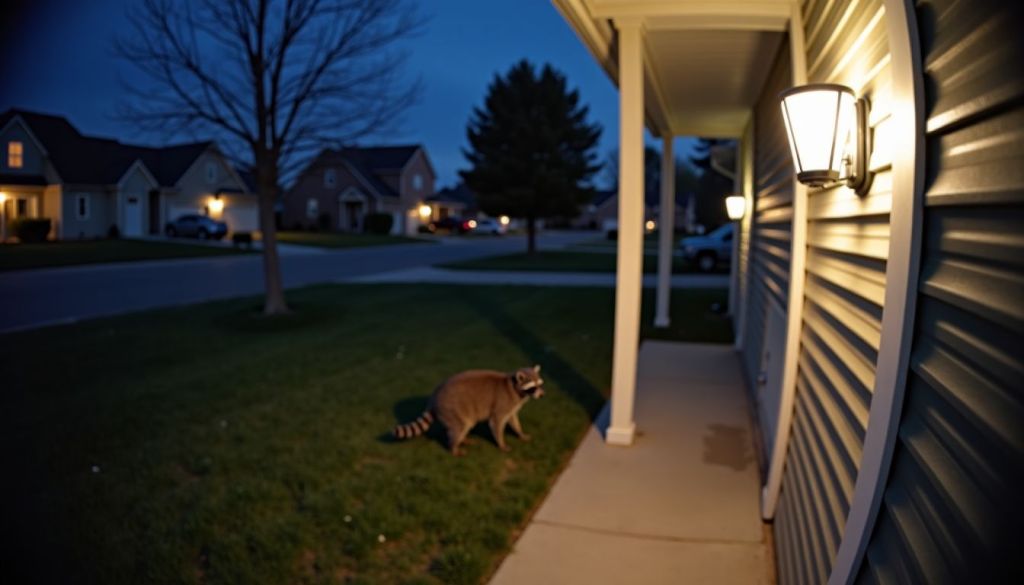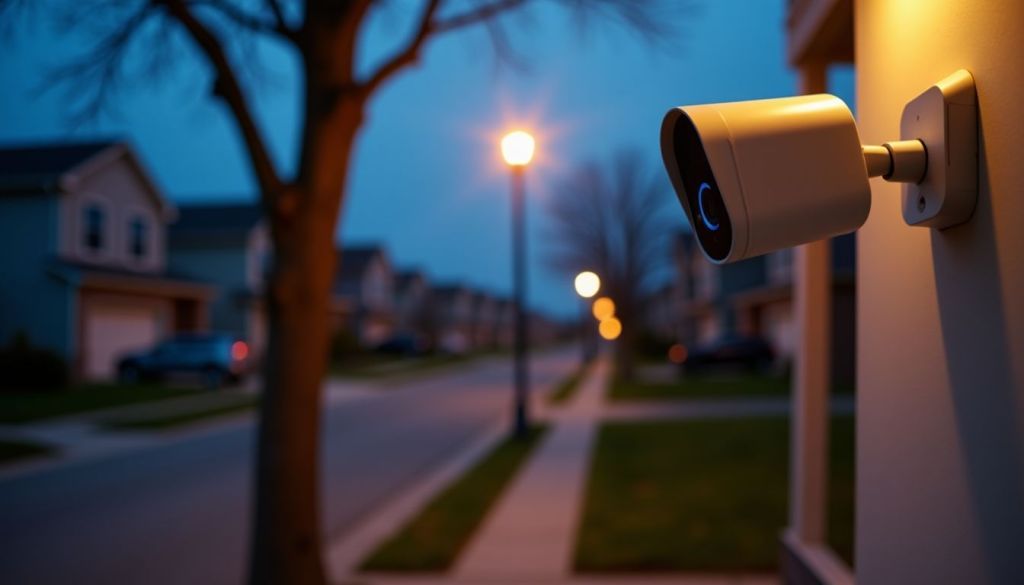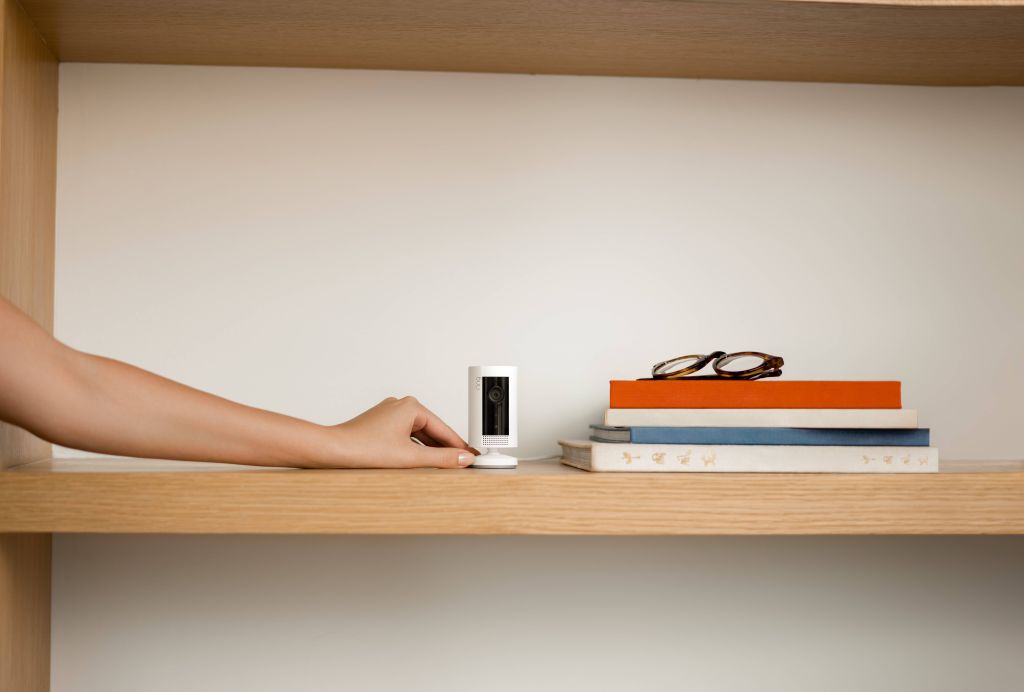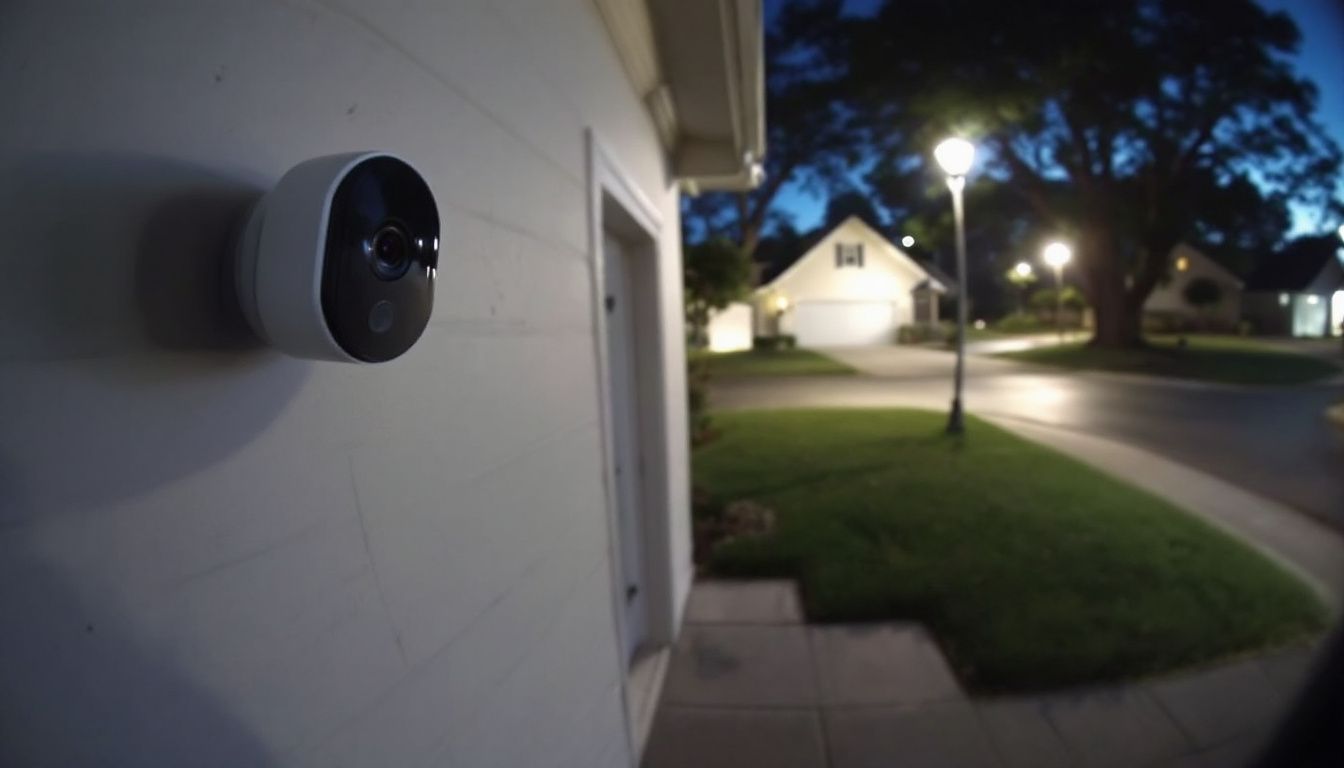Ever wondered if your Ring Cameras record all day, every day? These cameras use motion detection and other features to save what matters most. In this post, you’ll learn how their recording works, including options like live view and 24/7 recording.
Stick around—it’s simpler than you think!
Key Takeaways
- Ring cameras do not record continuously by default. They rely on motion detection, Live View, or Snapshot Capture to save activity.
- Continuous 24/7 recording is only available for certain devices like the Stick Up Cam Pro and requires a subscription like Ring Home Premium.
- Motion recording uses sensors to detect heat and movement. Users can adjust sensitivity in the Ring app to reduce false alarms.
- Video storage lasts up to 14 days for continuous recordings and up to 180 days for motion-triggered events with a subscription plan. Options depend on your chosen plan, such as Ring Home Basic or Ring Home Premium.
- Privacy settings allow users to manage data collection, storage limits, and audio features while ensuring secure footage access.
How Ring Cameras Record
Ring cameras use smart features to capture activity around your home. They rely on tech like motion sensors and live streaming to keep watch.
Motion-Activated Recording
Motion-activated recording uses motion sensors, like Passive Infrared (PIR), to detect heat signatures. This triggers the camera to start capturing video immediately. It avoids constant recording and only saves relevant clips.
You won’t fill up cloud storage with hours of nothingness.
Motion sensitivity settings can be adjusted in the Ring app. Higher sensitivity captures more events but may lead to false alarms, like a passing car or waving tree branch. “Smart detection” features, such as person detection, reduce unnecessary recordings by focusing on real activity.
Live View Mode
Live View Mode lets you watch your Ring camera feed in real-time. It doesn’t record automatically but streams directly to your smartphone, tablet, or web browser. However, with the latest subscription plans, there are now options to record Live View sessions.
This feature works best with a strong internet connection for smooth video. While viewing live footage, you can use two-way audio to talk through the camera. Videos from Live View won’t save unless you have an active subscription plan like Ring Home Standard or Ring Home Premium, which offer extended recording options and Continuous Live View.
Snapshot Capture
Snapshot Capture grabs still images at regular intervals. These snapshots don’t need motion or an active recording to work. They help fill in gaps between events, giving a clear picture of what happened over time.
With the Ring Home plans, snapshots stay available for up to 14 days. You can zoom in on the timeline using the Timescale feature in the Ring app. Key moments like motion detections and person alerts get marked too, making browsing simple and fast.
Do Ring Cameras Record Continuously?

Ring cameras don’t record nonstop by default but can capture moments when triggered. Some features depend on your device and subscription plan, offering more options for continuous footage.
Understanding Continuous Recording
Continuous recording means the camera captures video 24/7 without breaks. Unlike event-based recording, it doesn’t rely on motion or sound triggers. This feature requires more storage and power.
Videos are stored in the cloud, often for up to 14 days with subscription plans like Ring Home Premium. Motion-triggered events can be stored for up to 180 days depending on your plan. You can download files if you need longer retention periods. Devices such as the Pan-Tilt Indoor Cam support continuous recording when plugged in.
Subscription services are essential in this context. To enable nonstop surveillance, choose compatible devices and plans suited for constant use. Your Ring Doorbell must stay powered at all times for smooth performance.
A stable internet connection from your service provider ensures uninterrupted cloud backups and prevents data loss during critical moments like night vision monitoring or live-view sessions.
Subscription Plans for 24/7 Recording
If you’re looking for continuous, 24/7 recording with your Ring devices, having the right subscription is essential. Not all plans offer this feature, and only specific wired cameras support it. Here’s an updated breakdown of Ring’s subscription plans as of February 2025:
| Plan | Features | Price |
|---|---|---|
| Ring Home Basic | - Video storage for up to 180 days (motion-triggered events) - Motion-activated recording - Person and package alerts - Video Preview Alerts - No 24/7 continuous recording | $4.99/month or $49.99/year |
| Ring Home Standard | - All Basic features included - Covers all devices at a single location - Extended Live View and Doorbell Calls - Continuous Live View - No 24/7 recording option | $9.99/month or $99.99/year |
| Ring Home Premium | - Includes all Standard features - 24/7 continuous recording for compatible wired cameras - SOS emergency response - Smart Video Search (Beta) - Video Preview Alerts | $19.99/month or $199.99/year |
To enable continuous recording, you’ll need the Ring Home Premium plan. Make sure your device is compatible with this feature
Devices Eligible for 24/7 Recording
Not all Ring devices can record continuously. Only certain security cameras work with Ring’s 24/7 recording feature, which requires a subscription.
- Stick Up Cam (3rd Gen): This camera supports 24/7 recording when paired with the right plan. It’s a flexible option and works indoors or outdoors.
- Stick Up Cam Pro: This model offers better performance and includes continuous recording support. It’s made for users who want advanced features.
- Indoor Cam (2nd Gen): Perfect for inside your home, this device records nonstop with a compatible subscription.
- Pan-Tilt Indoor Cam: This camera adds motion tracking to its continuous recording ability. You can follow movements in real-time while keeping constant coverage.
Ring Doorbells, such as the Ring Video Doorbell, do not qualify for 24/7 recording plans. These rely on motion detection instead of full-time recording capabilities. Always check compatibility before purchasing a subscription plan to avoid surprises!
Privacy and Data Concerns

Your Ring camera captures video and audio, raising questions about who sees your data—learn how to control it.
Video and Audio Data Collection
Ring cameras collect video and audio data based on activity or user settings. They capture clear visuals using advanced technology, including passive infrared (PIR) sensors that detect motion.
Audio recording picks up sounds within range but depends on local laws for usage.
Cloud storage holds recordings for up to 14 days for continuous footage and up to 180 days for motion-triggered events under Ring’s plans. Continuous audio and video recording options come with higher internet usage, possibly raising costs with your internet service provider.
Managing Recording Settings
Tweaking your recording settings can make your camera work better and save memory. It also helps control video storage time and data collection.
- Open the mobile app and go to the settings menu for your device. Tap on “Video Settings” to access recording options.
- Turn the camera icon on to enable continuous 24/7 recording, including Motion Events. This feature requires a Ring Home Premium plan.
- If you want less data usage, turn the camera icon off. The device will only record during Live View or Linked Events.
- Adjust the length of video recordings after motion is detected. Choose from preset times like 15, 60, or 120 seconds.
- Set up Snapshot Capture to take still images at regular intervals, even without Motion Events.
- Manage your saved clips by customizing video storage time in the app settings. Options depend on your subscription plan.
- Use local storage devices like microSD cards with eligible models for saving videos offline.
- Access Video Preview Alerts in real-time to decide which recordings are worth keeping or deleting right away.
- Update facial recognition filters if supported so the device focuses more on real threats than familiar faces.
- Explore additional features like Ring Alarm Pro through ring.com for advanced security integration with flexible video management tools.
Tips for Optimizing Ring Camera Usage

Fine-tune your Ring camera settings for better coverage, smoother operation, and longer storage—read on to learn how!
Adjusting Video Recording Length
Shortening or extending video recording length on a Ring Camera can help you manage your storage. It also ensures you catch important events without using too much data.
- Open the Ring app to access settings quickly. Navigate to “Video Settings” for controls over recording features.
- Change the default recording time based on your needs. Options typically range from 15 seconds to 120 seconds per motion event.
- Reduce recording length if you’re saving storage space or cloud capacity. Shorter clips use less data and take up minimal memory.
- Extend recording time if you want detailed footage of activities in front of your camera, like deliveries or longer visits.
- Use trial and error while checking motion alerts during different times of the day. This helps adjust settings for high-traffic areas where events may last longer.
- Certain subscription plans (like Ring Home Premium) allow more flexibility with these settings. Users without plans may need manual tweaks often.
- Make sure notifications are turned on after adjusting your preferences so each motion event gets properly tagged without missing critical moments.
Managing Video Storage Time
Managing the video storage time for your Ring camera is important. It helps save cloud space and keeps older files from piling up.
- Set a storage limit. Adjust how long videos stay in the cloud using the Ring app settings. Videos are stored for up to 14 days for continuous recordings and up to 180 days for motion-triggered events unless you change it.
- Download important clips. Save key footage to your device before it gets deleted from the cloud.
- Use subscription options wisely. Paid plans may offer longer storage options for easier data recovery later.
- Delete old files regularly. Clear unneeded recordings to avoid clutter and make space for new ones.
- Monitor network stability. Poor connectivity can affect how videos are saved in storage systems like Google servers or others.
Conclusion
Ring cameras don’t always record nonstop, but they’ve got options to fit your needs. With motion-activated recording and 24/7 features for specific models, you can pick what works best.
Just be mindful of privacy settings and storage limits to avoid surprises later. If security is the goal, these cameras do plenty to keep you covered!
FAQ
No, most Ring cameras don’t record nonstop. They only record when motion is detected or during live view. Some models, like the Stick Up Cam Pro, can record 24/7 with a Ring Protect Pro plan.
Most Ring cameras don’t support nonstop recording. Only select models offer 24/7 recording with a Ring Protect Pro plan.
It uses sensors to notice movement in its view. You can adjust these settings for specific zones or sensitivity levels.
Yes, other brands like Google Nest offer continuous video options if that’s what you need for your home security setup.






2 Comments
I do not want to record what people as saying (conversations) can I turn
that function off?
On all devices door bell and cam’s?
Thank you
Mark
Hi Mark, great question!
Yes — you can turn off audio recording on Ring devices, including both doorbells and cameras.
Here’s how:
This way, your Ring device will still record video but won’t capture any sound or conversations.
Let me know if you need help with a specific model.
— Martijn